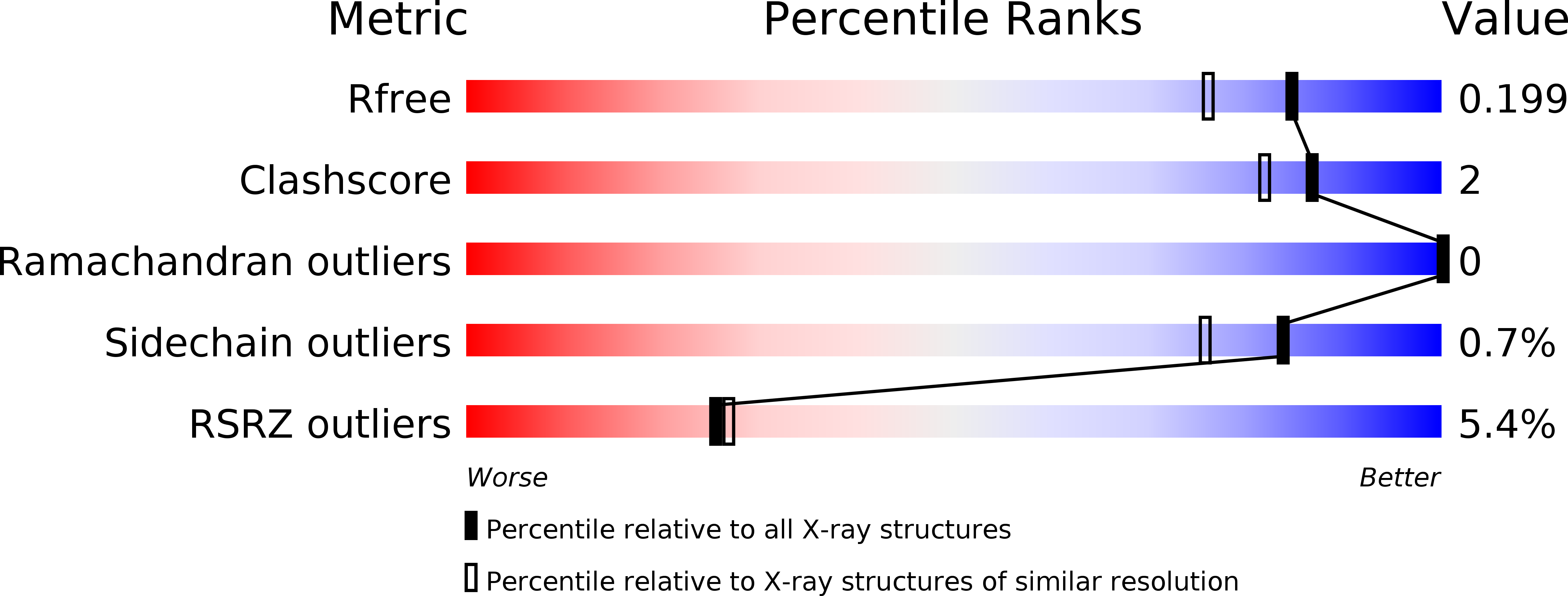
Deposition Date
2012-11-12
Release Date
2013-07-10
Last Version Date
2023-11-15
Entry Detail
PDB ID:
4HXY
Keywords:
Title:
PlmKR1-Ketoreductase from the first module of phoslactomycin biosynthesis in Streptomyces sp. HK803
Biological Source:
Source Organism:
Streptomyces sp. HK803 (Taxon ID: 244967)
Host Organism:
Method Details:
Experimental Method:
Resolution:
1.68 Å
R-Value Free:
0.18
R-Value Work:
0.15
R-Value Observed:
0.15
Space Group:
P 1 21 1


